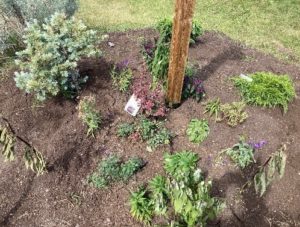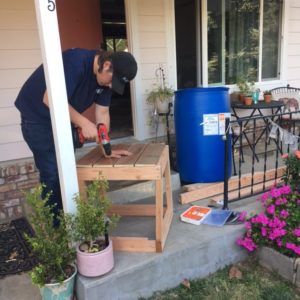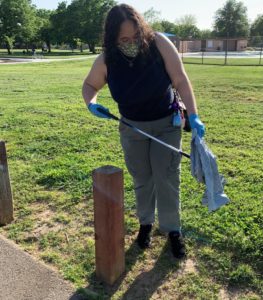2021, Calgary, AB, Canada
Protecting our native bee population is something that can have lasting positive effects on our way of life, and no one knows this better than Aisling, a grade 9 student at St. James School in Calgary, Alberta. Aisling had a growing concern for the local bees and pollinators in her schoolyard after realizing that bee habitat was lacking. This inspired her project to create biodiverse pollinator gardens at her school, to complement the existing bee hotels and native gardens.
life, and no one knows this better than Aisling, a grade 9 student at St. James School in Calgary, Alberta. Aisling had a growing concern for the local bees and pollinators in her schoolyard after realizing that bee habitat was lacking. This inspired her project to create biodiverse pollinator gardens at her school, to complement the existing bee hotels and native gardens.
While pollinator garden projects were started at St. James School in the past, Aisling was determined to improve them by planting various native wildflower species to attract local bees and other effective pollinators. In doing so, these bees would have healthy habitat to live in and pollinate, and, with a bit of luck, allowing their population to grow. She and her fellow students hope that the increase in pollinator habitat and populations will have a positive impact on the natural areas in her school and community. These environmentally conscientious initiatives will subsequently benefit the greater watershed, and improve life on land for all.








